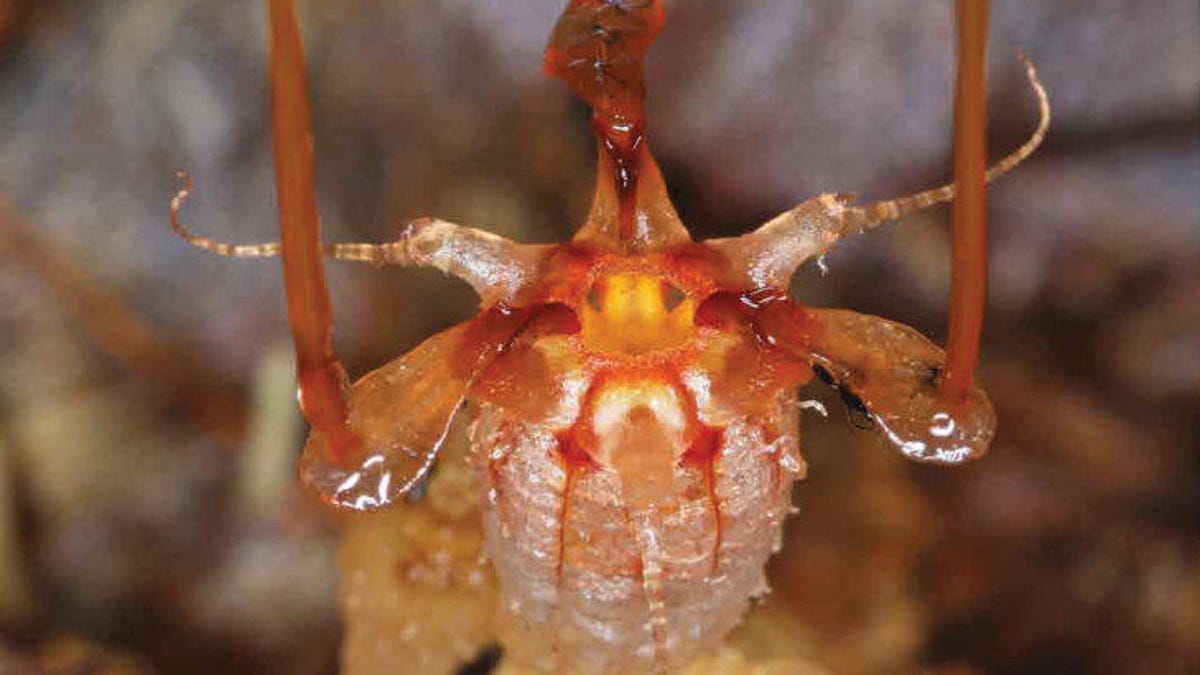Freaky 'fairy lantern' plant rediscovered after 151 years
A mysterious, long-missing mushroom-munching "fairy lantern" shows us just how bizarre the plant world can be.
We've found the perfect model for the next "Alien" sci-fi creature. It's an exotic plant that's been hiding out for the last 151 years. Now we have the first-ever photos of this elusive and deeply weird plant.
Thismia neptunis is more colorfully known as a "fairy lantern" plant. It's a mysterious creature that looks like it would be at home chasing Sigourney Weaver through a spaceship or hugging a hapless astronaut's face.
Our first record of the strange plant's existence comes from its initial collection in 1866 by Italian naturalist Odoardo Beccari, who created a detailed drawing of the plant's tiny and bizarre-looking flower.
Researchers rediscovered the fairy lantern in early 2017 in Malaysia while searching in the same rough area covered by Beccari all those years ago.
"To our knowledge, it is only the second finding of the species in total," says the team of researchers from the Czech Republic in a paper published in the February issue of the journal Phytotaxa.
Photos show just how accurate Beccari's original drawing was.
Odoardo Beccari's original 1878 drawing looks just like the modern-day photos.
The paper offers a thorough description of T. neptunis. The plant is an achlorophyllous myco-heterotroph, which means it skips photosynthesis and instead feeds itself by snacking on fungi.
Fairy lanterns as a whole remain enigmatic and researchers are in a race against circumstances to learn more about them. "Their preferred habitats, i.e. mostly primary tropical rainforests, have been facing unprecedented worldwide decline," the researchers write.
Becarri also discovered two other species of fairy lanterns in the same area as T. neptunis. The researchers are hopeful they might find these long-missing plants and lift them out of the obscurity of history.
CNET Magazine: Check out a sample of the stories in CNET's newsstand edition.
Rebooting the Reef: CNET dives deep into how tech can help save Australia's Great Barrier Reef.


